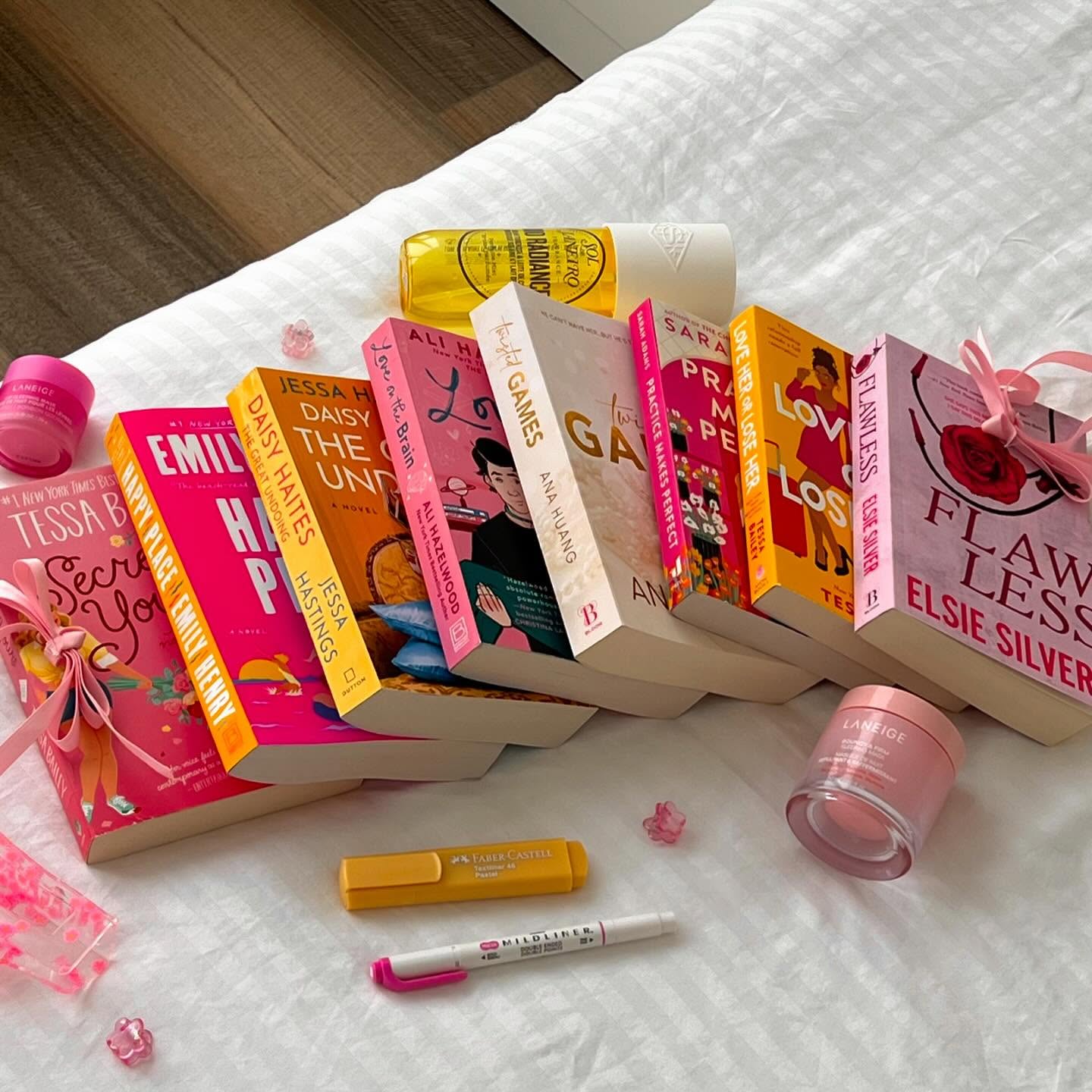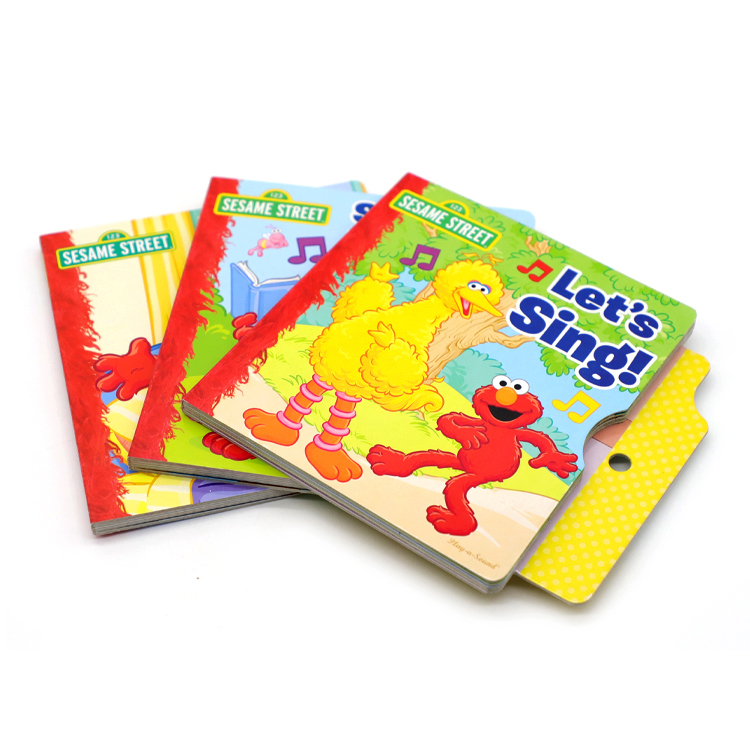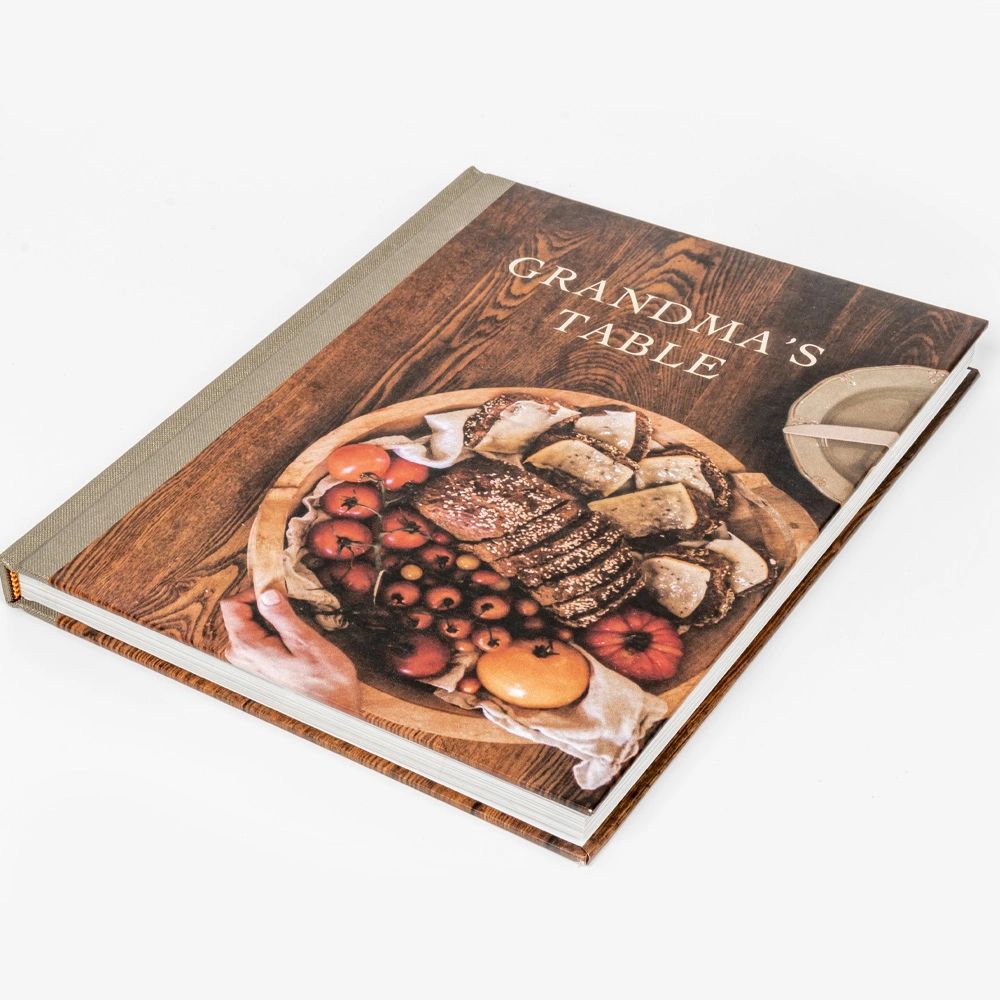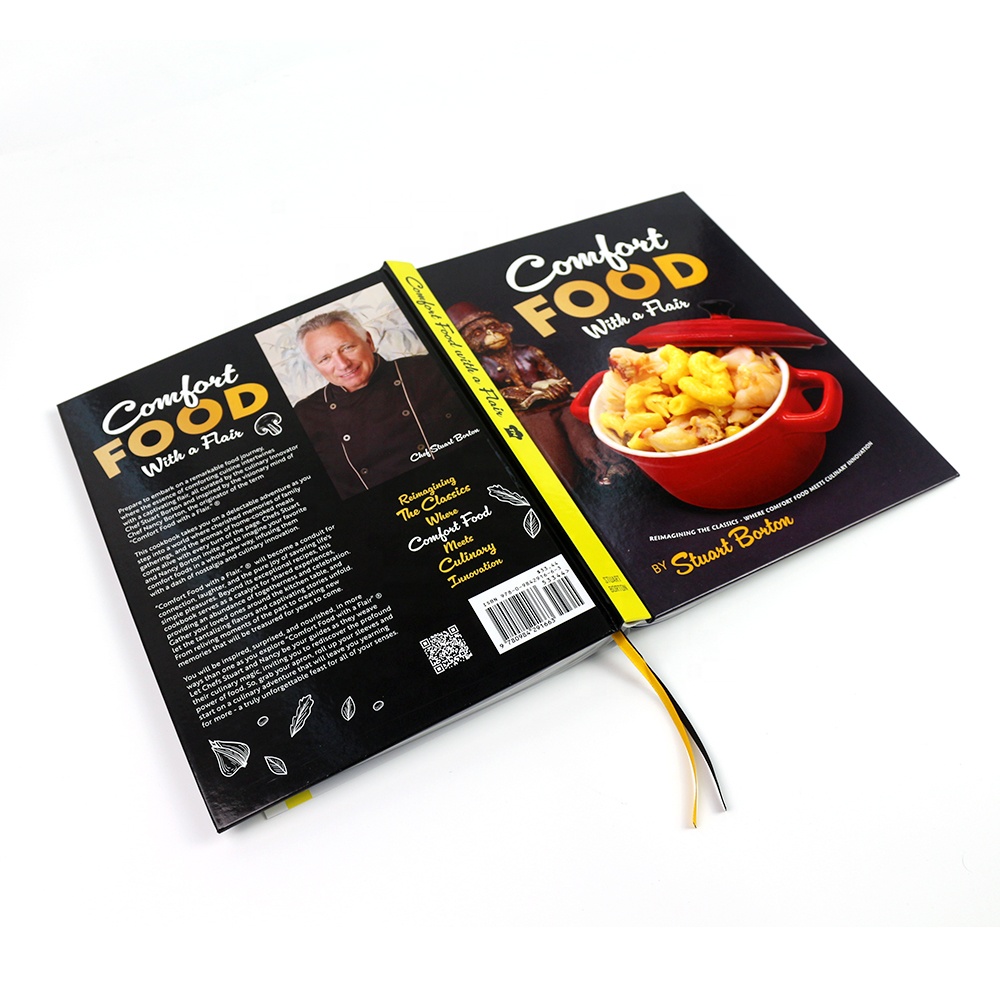koliko stane tiskanje knjige
Kazalo
Tiskanje 12-stranske knjige ima lahko stroške tiskanja od $2 do $10 na izvod, odvisno od vaših izbir. Dejavniki, kot so vrsta papirja, vezava in način tiskanja, igrajo veliko vlogo pri določanju končne cene. Na primer, vrhunska vezava na papir ali trde platnice lahko zviša stroške tiskanja, medtem ko enostavnejše možnosti, kot je sedlasti šiv, zagotavljajo dostopnost. Tudi barvno tiskanje ima običajno višje stroške tiskanja v primerjavi s črno-belim. Z razumevanjem teh elementov lahko sprejemate pametnejše odločitve in prihranite denar, ne da bi žrtvovali kakovost. Raziščimo, kako doseči najboljšo vrednost za svoj projekt.
Ključni zaključki
Tisk 12-stranske knjige stane $2 do $10 na izvod. Cena je odvisna od papirja, vezave in načina tiska.
Uporaba navadnega papirja in vezave v sedlah ohranja nizke stroške, vendar je še vedno videti dobro.
Digitalni tisk je najcenejši za majhna naročila, zlasti pod 1000 izvodov.
Barvno tiskanje je videti lepo, vendar stane več kot črno-belo. Z mešanjem obeh lahko prihranite denar.
Naročanje v razsutem stanju zniža ceno knjige s popusti. Vedno povprašajte o velikih poslih.
Pazite na dodatne stroške, kot so nastavitev, preverjanje ali načrtovanje po meri. To lahko poveča vaš proračun.
Standardni papir in možnosti vezave delujejo brez dodatnih stroškov. Osredotočite se na tisto, kar je potrebno.
Lokalni prevzem knjig prihrani stroške pošiljanja in čas. Vprašajte svojega tiskarja, če je to mogoče.
Ključni dejavniki, ki vplivajo na ceno tiskanja 12-stranske knjige
Vrsta in kakovost papirja
Vrsta in kakovost papirja, ki ga izberete, lahko znatno vplivata na stroške tiskanja vaše 12-stranske knjige. Možnosti papirja se razlikujejo po debelini, teksturi, sijaju, in barva, pri čemer vsaka vpliva tako na ceno kot na končni videz vaše knjige. Na primer:
Nepremazan papir (ofset): To je najbolj dostopna možnost. Je vsestranski in dobro deluje pri preprostih projektih, kot so romani ali učbeniki.
Premazan papir (sijajni ali mat): Ti papirji poudarijo barve in slike, zaradi česar so idealni za umetniške ali foto knjige. Vendar imajo višjo ceno.
Recikliran papir: Čeprav je recikliran papir okolju prijazen, je zaradi postopka izdelave pogosto dražji.
Če ciljate na vrhunski videz, lahko posebni papirji povečajo privlačnost vaše knjige. Vendar bodo te izbire povečale skupne stroške. Za proračunsko ozaveščene projekte je lahek ali nepremazan papir praktična rešitev brez ogrožanja funkcionalnosti.
Nasvet: Upoštevajte svoje občinstvo in namen svoje knjige. Otroški knjigi bi lahko na primer koristile sijajne strani, medtem ko bi preprost priročnik lahko uporabil nepremazan papir, da bi prihranil stroške.
Možnosti vezave
Način vezave, ki ga izberete, prav tako igra ključno vlogo pri določanju stroškov tiskanja. Za 12-stransko knjigo je na voljo več možnosti vezave:
Sedelni šivi: To je najugodnejša možnost in odlično deluje za knjige z manj kot 60 stranmi.
Popolna vezava: Priljubljena izbira za knjige z mehkimi platnicami, ki ponujajo čist in profesionalen videz po razumni ceni.
Spiralna vezava in glavnik: Te možnosti so prilagodljive in stroškovno učinkovite, primerne za delovne zvezke ali priročnike.
Wire-O vezava: Nekoliko dražje od spiralne vezave ali vezave z glavnikom, vendar zagotavlja značilen in trajen zaključek.
Trda vezava: Najdražja možnost, ki je zaradi svoje vzdržljivosti in vrhunskega občutka pogosto rezervirana za vrhunske projekte.
Za kratko knjigo, kot je ta, je običajno najboljša izbira sedlo. Je preprost, stroškovno učinkovit in idealen za majhno število strani. Popolna vezava lahko deluje tudi, če želite bolj uglajen videz, ne da bi pri tem izgubili denar.
Metoda tiskanja
Način tiskanja, ki ga izberete, lahko poveča ali skrši vaš proračun. Za 12-stransko knjigo je digitalni tisk pogosto najbolj stroškovno učinkovita možnost. Ne zahteva dragih namestitvenih postopkov, zaradi česar je idealen za majhne naklade.
Digitalni tisk: Ta metoda uporablja digitalne datoteke za prenos slik neposredno na papir. Popoln je za kratke naklade, saj se izogne visokim stroškom nastavitve, povezanim z drugimi metodami.
Offset tisk: Čeprav ta metoda ponuja nižje stroške na enoto za velika naročila, ni praktična za majhne količine zaradi visokih začetnih stroškov nastavitve.
Digitalni tisk blesti, ko potrebujete manj kot 1000 izvodov. Ohranja nizke stroške, hkrati pa zagotavlja odlično kakovost. Po drugi strani pa postane ofsetni tisk z večanjem velikosti naročila bolj ekonomičen.
Z razumevanjem teh dejavnikov lahko sprejemate premišljene odločitve, ki uravnotežijo kakovost in stroške. Ne glede na to, ali gre za izbiro pravega papirja, vezave ali metode tiskanja, vsaka izbira igra vlogo pri določanju končne cene vašega projekta.
Barvno proti črno-belemu tiskanju
Ko se odločate med barvnim in črno-belim tiskanjem za svojo 12-stransko knjigo, lahko izbira znatno vpliva na vaš proračun. Po mojih izkušnjah je barvno tiskanje pogosto videti bolj živahno in privlačno, vendar ima višjo ceno. To je zato, ker polnobarvno tiskanje uporablja več barv črnila in bolj zapleten postopek, kar poveča proizvodne stroške. Po drugi strani pa je črno-belo tiskanje odvisno samo od črnega črnila, zaradi česar je cenovno veliko ugodnejša možnost.
Če delate na projektu, kot je otroška knjiga ali portfelj s fotografijami, je barvno tiskanje morda vredno naložbe. Oživi slike in ustvari vizualno osupljiv izdelek. Vendar pa za knjige, ki vsebujejo veliko besedila, kot so priročniki, vodniki ali romani, črno-belo tiskanje opravi delo brez povečanja vašega proračuna. Ugotovil sem, da mnogi ljudje podcenjujejo, koliko lahko prihranijo, če se za enostavnejše projekte držijo sivine.
Tukaj je kratka primerjava, ki vam bo v pomoč pri odločitvi:
Funkcija | Barvno tiskanje | Črno-belo tiskanje |
|---|---|---|
Stroški | Višje zaradi več barv črnila | Nižje, uporablja samo črno črnilo |
Najboljše za | Slike ali umetniške knjige | Besedilni ali preprosti modeli |
Vizualna privlačnost | Živahno in vpadljivo | Čisto in profesionalno |
Nasvet: Če ste razpeti med obema, razmislite o hibridnem pristopu. Uporabite barvo selektivno, na primer za naslovnico ali določene strani, ostalo pa naj bo črno-belo. Ta strategija združuje vizualno privlačnost in stroškovno učinkovitost.
Končno je izbira odvisna od namena vaše knjige in občinstva. Če ciljate na prvovrsten videz in občutek, lahko barvno tiskanje izboljša vaš projekt. Če pa ste osredotočeni na to, da bodo stroški tiskanja nizki, je črno-belo tiskanje pametnejša izbira. Vedno priporočam, da pretehtate prednosti glede na svoj proračun, da sprejmete najboljšo odločitev za svoje potrebe.
Stroški pošiljanja in možnosti dostave
Pošiljanje ima ključno vlogo pri določanju skupne stroške vaše tiskane knjige projekt. Ne glede na to, ali tiskate eno kopijo ali množično naročilo, vam razumevanje možnosti pošiljanja lahko pomaga prihraniti denar in se držati rokov. Naj razčlenim najpogostejše izbire.
Standardni stroški pošiljanja
Standardna dostava je najbolj ekonomična možnost za dostavo vaših natisnjenih knjig. Idealen je, če se vam ne mudi in želite ohraniti nizke stroške. Za domača naročila v ZDA poštnina po kopnem običajno stane približno $23 in traja 25-28 dni, da prispe. Če pošiljate na Aljasko, Havaje ali Portoriko, se cena zviša na $50, čas dostave pa se podaljša na 29–32 dni. Za mednarodna naročila redna dostava stane $75 in traja 33–36 dni.
Tukaj je kratka razčlenitev standardnih stroškov pošiljanja:
Destinacija | Način pošiljanja | Stroški | Dnevi za prejem |
|---|---|---|---|
Domače (ZDA 48 držav) | Tla | $23 | 25-28 |
Domače (Aljaska, Havaji, PR) | Redno | $50 | 29-32 |
Kanada | Tla | $50 | 22-25 |
Mednarodni | Redno | $75 | 33-36 |
Če imate omejen proračun, je prava izbira standardna dostava. Ohranja obvladljive stroške tiskanja in dostave vaših knjig, hkrati pa zagotavlja zanesljivo storitev.
Stroški hitre dostave
Ko je čas bistvenega pomena, hitra dostava ponuja hitrejšo dostavo po višji ceni. Za domača naročila FedEx 2nd Day stane $45 in dostavi v 17–20 dneh. Če potrebujete svoje knjige še prej, je FedEx Standard Overnight na voljo za $85 z dostavo v 16-19 dneh. Za hitra naročila na Aljasko, Havaje ali Portoriko cena poskoči na $95, vendar boste knjige prejeli v 19–22 dneh.
Tukaj je primerjava možnosti hitre dostave:
Način pošiljanja | Stroški | Dnevi za prejem |
|---|---|---|
FedEx 2. dan (domači) | $45 | 17-20 |
FedEx Standard Nočitev | $85 | 16-19 |
Rush (Domače) | $95 | 19-22 |
Hitro pošiljanje je kot nalašč za projekte v zadnjem trenutku ali kratke roke. Čeprav stane več, je hitrejši preobrat lahko vreden naložbe, zlasti za časovno občutljive dogodke ali predstavitve.
Lokalne možnosti prevzema
Če se nahajate v bližini tiskarne, vam lahko lokalni prevzem prihrani čas in denar. Številni tiskalniki ponujajo to možnost brezplačno, kar popolnoma odpravi stroške pošiljanja. Prav tako se boste izognili tveganju zamud, ki jih povzročijo prevozniki. Vedno priporočam, da pri svojem tiskarju preverite, ali je na voljo lokalni prevzem. To je odličen način, da zmanjšate stroške in hitro dobite svoje knjige.
Nasvet: Če tiskate majhno serijo ali nujno potrebujete knjige, je lokalni prevzem pogosto najbolj učinkovita in stroškovno učinkovita rešitev.
Če razumete te možnosti pošiljanja, lahko izberete tisto, ki najbolje ustreza vašemu časovnemu načrtu in proračunu. Ne glede na to, ali se odločite za standardno pošiljanje, hitro dostavo ali lokalni prevzem, načrtovanje vnaprej zagotavlja gladek in stroškovno učinkovit postopek.
Dodatne pristojbine, ki jih morate upoštevati pri tiskanju
Pri tiskanju 12-stranske knjige se vam lahko prikradejo dodatni stroški, če niste pripravljeni. Ti stroški morda niso vedno očitni vnaprej, vendar lahko znatno vplivajo na vaš proračun. Naj vas popeljem skozi najpogostejše, da boste lahko načrtovali vnaprej in se izognili presenečenjem.
Namestitveni stroški
Pristojbine za namestitev so eden od prvih stroškov, s katerimi se boste srečali pri tiskanju knjige. Te pristojbine pokrivajo pripravljalno delo, potrebno za pripravo vaših datotek za proizvodnjo. Tiskarji bodo na primer morda morali prilagoditi vašo postavitev, umeriti svoje stroje ali ustvariti tiskarske plošče za ofsetni tisk. Medtem ko so stroški namestitve za digitalni tisk pogosto nižji, lahko ofsetni tisk zaradi zapletenega postopka namestitve zaračuna na stotine dolarjev.
Če tiskate majhno serijo, se lahko stroški namestitve zdijo velik strošek. Vendar postanejo manj opazni, ko tiskate v velikem obsegu, saj se stroški porazdelijo na več kopij. Vedno priporočam, da svojega tiskarja vprašate za podrobno razčlenitev teh pristojbin. Tako boste natančno vedeli, za kaj plačujete, in se lahko odločili, ali se storitev splača.
Nasvet: Če želite zmanjšati stroške nastavitve, zagotovite, da so vaše datoteke pripravljene za tiskanje. Še enkrat preverite oblikovanje, ločljivost in robove, preden jih pošljete v tiskalnik.
Stroški preverjanja
Preverjanje je bistven korak v procesu tiskanja, vendar ima svoje stroške. Proba je vzorec vaše knjige, ki vam omogoča, da pregledate postavitev, barve in splošno kakovost, preden se začne celotno tiskanje. Medtem ko so digitalni poskusi pogosto brezplačni ali poceni, lahko fizični poskusi stanejo od $10 do $50 na kopijo, odvisno od tiskalnika.
Vedno priporočam naložbo v poskusni odtis, zlasti za projekte z zapletenim dizajnom ali barvnim tiskom. Veliko ceneje je odkriti napake na tej stopnji, kot pa pozneje ponovno natisniti celotno serijo. Če pa ste prepričani v svoj dizajn in delate z zaupanja vrednim tiskarjem, lahko ta korak preskočite, da prihranite denar.
Opomba: Nekateri tiskalniki vključujejo stroške preverjanja v pristojbine za nastavitev, zato se ne pozabite vprašati, ali je ta storitev že pokrita.
Pristojbine za prilagajanje
S prilagajanjem lahko vaša knjiga izstopa, vendar je pogosto dragocena. Funkcije, kot so vtiskovanje, žigosanje folije ali izrezovanje po meri, dodajo edinstven pridih, vendar lahko znatno povečajo stroške tiskanja. Na primer, dodajanje logotipa, odtisnjenega s folijo, na vašo naslovnico lahko stane dodatnih $1 do $3 na knjigo, odvisno od velikosti in kompleksnosti dizajna.
Če delate s tesnim proračunom, se osredotočite na prilagoditve, ki ponujajo največjo vrednost. Na primer, presenetljiva oblika naslovnice lahko naredi močan vtis, ne da bi potrebovali drage dodatke. Ugotovil sem, da je ravnotežje med ustvarjalnostjo in praktičnostjo ključ do profesionalnega videza brez pretiravanja.
Nasvet: Vprašajte svojega tiskarja za seznam razpoložljivih prilagoditev in njihove cene. To vam bo pomagalo dati prednost funkcijam, ki so najpomembnejše za vaš projekt.
Če razumete te dodatne stroške, se lahko odločite na podlagi informacij in se izognete nepričakovanim stroškom. Ne glede na to, ali gre za pristojbine za nastavitev, stroške preverjanja ali stroške prilagajanja, če veste, kaj lahko pričakujete, vam bo pomagalo ostati znotraj proračuna, medtem ko ustvarjate knjigo, na katero ste ponosni.
Kako množična naročila zmanjšajo stroške tiskanja
Množični popusti
Tiskanje v velikem obsegu lahko znatno zniža stroške na knjigo. Številni tiskarji ponujajo popuste na velike količine kot spodbudo za večja naročila. Ti popusti zmanjšajo skupne stroške tiskanja z porazdelitvijo fiksnih stroškov, kot so namestitveni stroški, na več kopij. Na primer, če tiskalnik zaračuna $100 za namestitev in naročite 10 knjig, vsaka knjiga absorbira $10 tega zneska. Če pa naročite 100 knjig, se strošek nastavitve na knjigo zniža na samo $1. Ta preprosta matematika kaže, kako vam lahko naročanje v razsutem stanju prihrani denar.
Iz prve roke sem videl, kako veliki popusti naredijo razliko. Ko sem za projekt natisnil majhno serijo knjig, je bila cena na knjigo veliko višja kot takrat, ko sem kasneje naročil večjo količino. Prihranki so bili nesporni. Popusti na veliko veljajo tudi za materiale, kot sta papir in črnilo. Tiskarji te potrebščine pogosto kupujejo v velikih količinah in del prihrankov prenesejo na stranke, ki oddajo večja naročila.
Nasvet: Svojega tiskarja vedno vprašajte o pragovih popustov v velikem obsegu. Tudi če rahlo povečate naročilo, ste morda upravičeni do boljše cene.
Ekonomija obsega
Ekonomija obsega ima veliko vlogo pri zmanjševanju stroškov tiskanja pri naročanju v velikem obsegu. Ta koncept se nanaša na stroškovne prednosti, ki jih podjetja pridobijo s povečanjem proizvodnje. Pri tiskanju knjig velja, da več kopij ko naročite, nižji so stroški na enoto. To se zgodi, ker se fiksni stroški, kot sta nastavitev in umerjanje stroja, porazdelijo na večje število knjig.
Takole deluje:
Offset tisk: Ta metoda ima največ koristi od ekonomije obsega. Začetni stroški namestitve so visoki, toda ko se velikost naročila poveča, stroški na enoto znatno padejo.
Digitalni tisk: Čeprav je digitalno tiskanje odlično za majhne naklade, nima toliko koristi od ekonomije obsega. Stroški materiala na enoto ostajajo nespremenjeni ne glede na velikost naročila.
Opazil sem, da je ofsetni tisk boljša izbira za večja naročila. Na primer, če tiskate 1000 izvodov, lahko cena na knjigo dramatično pade v primerjavi s tiskanjem le 50 izvodov. Zaradi tega je ofsetni tisk idealen za projekte, kot so katalogi ali programi dogodkov, kjer potrebujete veliko izvodov.
Opomba: Če niste prepričani glede velikosti naročila, izračunajte skupne stroške za majhne in velike količine. Morda boste ugotovili, da vam naročanje več dolgoročno prihrani denar.
Z izkoriščanjem popustov v velikem obsegu in ekonomije obsega lahko zmanjšate skupne stroške, medtem ko še vedno izdelujete visokokakovostne knjige. Ne glede na to, ali tiskate za podjetje, dogodek ali osebni projekt, je naročanje v velikem obsegu pameten način za povečanje vrednosti.
Primerjava stroškov tiskanja mehkih knjig s trdimi vezavami
Ko se odločate med knjigo z mehkimi in trdimi platnicami, vam lahko razumevanje razlik v stroških pomaga narediti pravo izbiro za vaš projekt. Vsaka možnost ima edinstvene prednosti in cenovne točke, zato jih razčlenimo.
Stroški tiskanja z mehko vezavo
Tiskanje mehkih platnic je na splošno ugodnejše. Te knjige uporabljajo lahke materiale, zaradi česar so proizvodni stroški nizki. Postopek je preprost in zahteva manj korakov v primerjavi s knjigami s trdimi platnicami. Zaradi te preprostosti so mehke platnice odlična izbira za proračunsko ozaveščene projekte ali tiskanje velikega obsega.
Evo, zakaj so mehke platnice stroškovno učinkovite:
Za platnice uporabljajo cenejše materiale, kot je upogljiv karton.
Proizvodni proces je hitrejši in manj delovno intenziven.
So lahki, kar zmanjšuje stroške pošiljanja.
Mehke platnice so kot nalašč za romane, priročnike ali katero koli knjigo, kjer je cenovna dostopnost pomembna. Ugotovil sem, da dosegajo odlično ravnovesje med kakovostjo in ceno. Če želite zmanjšati stroške tiskanja, so mehke platnice prava pot.
Nasvet: Če vzdržljivost ni na prvem mestu, ponujajo mehke platnice praktično in ekonomično rešitev.
Stroški tiska s trdimi platnicami
Po drugi strani pa so knjige s trdimi platnicami vrhunska možnost. Zaradi visokokakovostnih materialov in dodatnih proizvodnih korakov so dražji. Te knjige so zasnovane tako, da trajajo, zato so idealne za zbiratelje, darilne izdaje ali projekte, ki zahtevajo uglajen, profesionalen videz.
Tu je kratka primerjava ključnih razlik:
Funkcija | Trda vezava | Mehka vezava |
|---|---|---|
Materiali | Materiali višje kakovosti | Cenejši materiali |
Proizvodni proces | Dražja proizvodnja | Cenejša proizvodnja |
Vzdržljivost | Bolj trpežna | Manj trpežna |
Knjige s trdimi platnicami ponujajo tudi prilagodljive funkcije, ki povečajo njihovo privlačnost. Možnosti, kot so platnice iz blaga, usnjena vezava, reliefni naslovi in žigosanje s folijo, dodajo razkošen pridih. Vendar te izboljšave povečajo skupne stroške.
Po mojih izkušnjah so knjige s trdimi platnicami vredne naložbe za projekte, ki zahtevajo vrhunski občutek. Naredijo trajen vtis in izstopajo na vsaki knjižni polici. Če ustvarjate spominek ali vrhunski izdelek, so dodatni stroški upravičeni.
Opomba: Čeprav so trde platnice dražje, so zaradi vzdržljivosti in estetske privlačnosti dolgoročna naložba.
Če razumete razlike med tiskanjem z mehkimi in trdimi platnicami, lahko izberete možnost, ki najbolje ustreza vašim potrebam in proračunu. Ne glede na to, ali dajete prednost cenovni dostopnosti ali vrhunski kakovosti, imata oba formata svoje mesto v svetu tiskanja knjig.
Nasveti za zmanjšanje stroškov tiskanja 12-stranske knjige
Izbira pravega načina tiskanja
Izbira pravega načina tiskanja lahko močno vpliva na vaš proračun. Po mojih izkušnjah je digitalni tisk stroškovno najugodnejša možnost za manjše naklade. Odpravlja potrebo po dragih postopkih namestitve, zaradi česar je popoln za projekte, kot je 12-stranska knjiga. Če tiskate manj kot 1000 izvodov, digitalni tisk ponuja odlično kakovost po razumni ceni.
Za večja naročila postane ofset tisk boljša izbira. Medtem ko so začetni stroški namestitve višji, cena na enoto znatno pade, ko se poveča velikost naročila. Ta metoda najbolje deluje, ko tiskate v velikem obsegu. Na primer, če nameravate svojo knjigo na široko distribuirati, vam lahko ofsetni tisk dolgoročno prihrani denar.
Nasvet: Pred odločitvijo ocenite velikost naročila. Če niste prepričani, začnite z digitalnim tiskom za manjše serije in preklopite na ofsetni tisk za večje količine. Ta pristop vam zagotavlja najboljšo vrednost za vaš projekt.
Izbira standardnih možnosti
Držanje standardnih možnosti je eden najlažjih načinov za zmanjšati stroške. Prilagoditve, kot so posebni papirji, edinstvene vezave ali žigosanje s folijo, so lahko videti privlačne, vendar lahko hitro povečajo vaše stroške. Ugotovil sem, da standardne vrste papirja in načini vezave pogosto zagotavljajo odlične rezultate, ne da bi pri tem izgubili denar.
Nepremazan papir je na primer cenovno ugodna izbira, ki dobro deluje pri večini projektov. Podobno je sedlasta vezava preprosta, a profesionalna možnost za 12-stransko knjigo. Te standardne funkcije ohranjajo proizvodni proces preprost, kar pomaga znižati skupne stroške.
Nasvet: Osredotočite se na bistveno. Zaradi čistega dizajna in visokokakovostne vsebine bo vaša knjiga izstopala tudi brez dragih dodatkov. Shranite prilagoditve za projekte, kjer resnično dodajo vrednost.
Naročanje v razsutem stanju
Naročanje v razsutem stanju je ena najučinkovitejših strategij za znižati stroške za tiskanje. Številne tiskarne ponujajo popuste za večja naročila, kar lahko bistveno zniža ceno knjige. Na primer, ko sem natisnil 50 izvodov knjige, je bil strošek na enoto veliko višji kot takrat, ko sem naročil 500 izvodov. Množična naročila porazdelijo fiksne stroške, kot so pristojbine za nastavitev, na več enot, zaradi česar je vsaka knjiga bolj dostopna.
V poštev pride tudi ekonomija obsega. Zlasti ofsetni tisk ima koristi od večjih naročil. Začetni stroški nastavitve ostanejo enaki, vendar cena na enoto pada, ko se količina povečuje. Zaradi tega je množično tiskanje idealno za projekte, kot so programi dogodkov ali promocijski materiali.
Nasvet: Tudi če ne potrebujete velike količine takoj, razmislite o naročilu dodatnih izvodov. Prihranki zaradi množičnih popustov pogosto odtehtajo stroške shranjevanja nekaj dodatnih knjig.
Če upoštevate te nasvete, lahko ustvarite visokokakovostno 12-stransko knjigo brez prevelikih stroškov. Ne glede na to, ali gre za izbiro prave metode tiskanja, izbiro standardnih možnosti ali naročanje v velikem obsegu, ima vsaka odločitev pomembno vlogo pri ohranjanju vašega projekta znotraj proračuna.
Tiskanje 12-stranske knjige vključuje več dejavnikov, ki neposredno vplivajo na stroške tiskanja. Ključni vidiki vključujejo vrsto papirja, način vezave in tehniko tiskanja. Na primer, nepremazan papir in vezava s sedlastim šivom nudita cenovno ugodne možnosti, medtem ko vrhunski materiali ali vezava s trdimi platnicami povečajo stroške. Množična naročila lahko znatno znižajo stroške na enoto, zaradi česar so pametna izbira za večje projekte.
Razumevanje skupnih stroškov tiskanja in cene na stran vam pomaga sprejemati premišljene odločitve. Če se držite standardnih možnosti in natančno načrtujete velikost naročila, lahko dosežete ravnovesje med kakovostjo in cenovno dostopnostjo. Vedno priporočam, da izračunate svoje posebne potrebe in proračun, preden dokončno določite svojo izbiro. Ta pristop vam zagotavlja najboljšo vrednost za vaš projekt brez nepotrebnih stroškov.
pogosta vprašanja
Kako najceneje natisniti 12-stransko knjigo?
Najcenejši način je uporaba nepremazanega papirja, sedlane vezave in črno-belega digitalnega tiska. Te možnosti zmanjšujejo stroške in hkrati ohranjajo kakovost. Množična naročila prav tako pomagajo znižati ceno na knjigo.
Nasvet: Vedno prosite za množične popuste in se držite standardnih možnosti, da prihranite denar.
Koliko časa traja tiskanje 12-stranske knjige?
Čas tiskanja je odvisen od načina in količine. Digitalni tisk običajno traja 2-5 dni za majhna naročila. Offsetni tisk lahko zaradi nastavitev traja dlje. Če potrebujete hitrejšo dostavo, so na voljo hitre možnosti.
Opomba: Načrtujte vnaprej, da se izognete dodatnemu plačevanju hitrih storitev.
Ali lahko barvno natisnem 12-stransko knjigo, ne da bi pri tem porabil preveč?
Da, lahko! Uporabite selektivno barvno tiskanje za ključne strani ali naslovnico, ostalo pa naj bo črno-belo. Ta hibridni pristop uravnoteži vizualno privlačnost in stroške.
Nasvet: Pogovorite se o svojem dizajnu s tiskarjem, da optimizirate uporabo barv.
Katera je najboljša možnost vezave za 12-stransko knjigo?
Sedlasta vezava je najboljša izbira za 12-stransko knjigo. Je cenovno dostopen, preprost in popoln za majhne strani. Če želite bolj uglajen videz, razmislite o popolni vezavi, vendar stane več.
Ali obstajajo skriti stroški, na katere moram biti pozoren?
Da, stroški nastavitve, stroški preverjanja in stroški prilagajanja se lahko seštejejo. Vedno zahtevajte podrobno ponudbo, da boste razumeli vse stroške.
Nasvet: Predložite datoteke, pripravljene za tiskanje, da se izognete dodatnim pristojbinam za namestitev.
Ali je bolje tiskati lokalno ali na spletu?
Oba imata prednosti in slabosti. Lokalni tiskalniki ponujajo hitrejše prevzeme in prilagojene storitve. Spletni tiskalniki pogosto ponujajo nižje cene in popuste na velike količine. Izberite glede na svoj proračun in časovnico.
Kako lahko zagotovim, da je moja knjiga videti profesionalno?
Osredotočite se na visokokakovostno vsebino in čist dizajn. Uporabite profesionalno programsko opremo za postavitev in oblikovanje. Zahtevajte dokazilo, da ujamete napake pred končnim natisom.
Nasvet: Tudi preprosti dizajni so lahko videti profesionalni s pravim papirjem in izbiro vezave.
Naj izberem mehko ali trdo vezavo za 12-stransko knjigo?
Za 12-stransko knjigo je mehka vezava bolj praktična in stroškovno učinkovita. Trda vezava je boljša za vrhunske projekte, vendar morda ne upraviči stroškov za tako kratko knjigo.
Opomba: Preden se odločite, razmislite o svojem občinstvu in namenu.
Knjigotisk
Novi izdelki
Zadnji blog
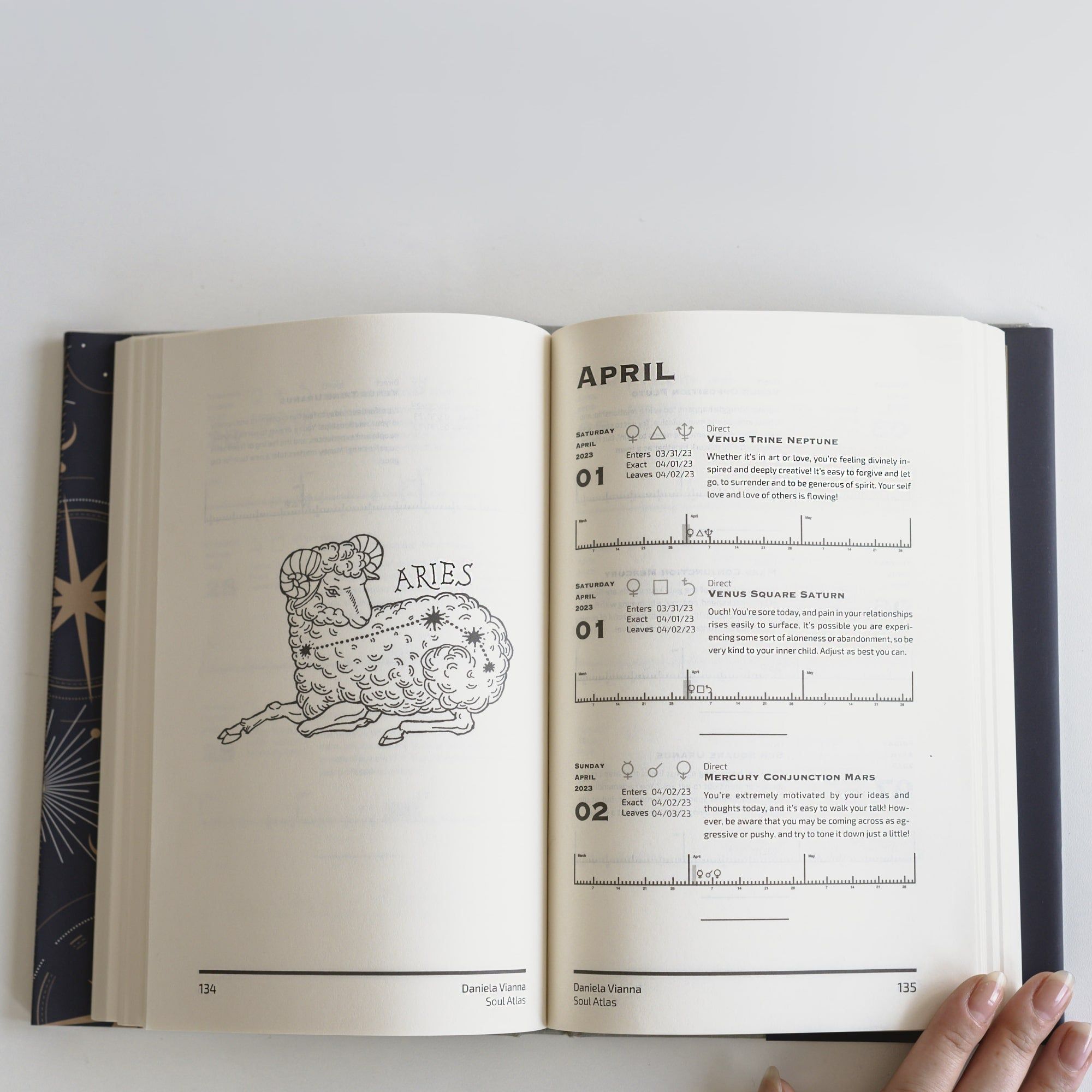
Koliko stane tiskanje knjige z mehkimi platnicami na 200 straneh?
Tiskanje knjige je zapleten in drag proces, vendar je lahko koristna izkušnja za avtorje, samozaložnike in podjetja v knjižni industriji.

Koliko stane tiskanje knjige z 12 stranmi?
Tiskanje 12-stranske knjige lahko povzroči stroške tiskanja od $2 do $10 na izvod, odvisno od vaših izbir. Dejavniki, kot so vrsta papirja, vezava in način tiskanja, igrajo veliko vlogo pri določanju končne cene
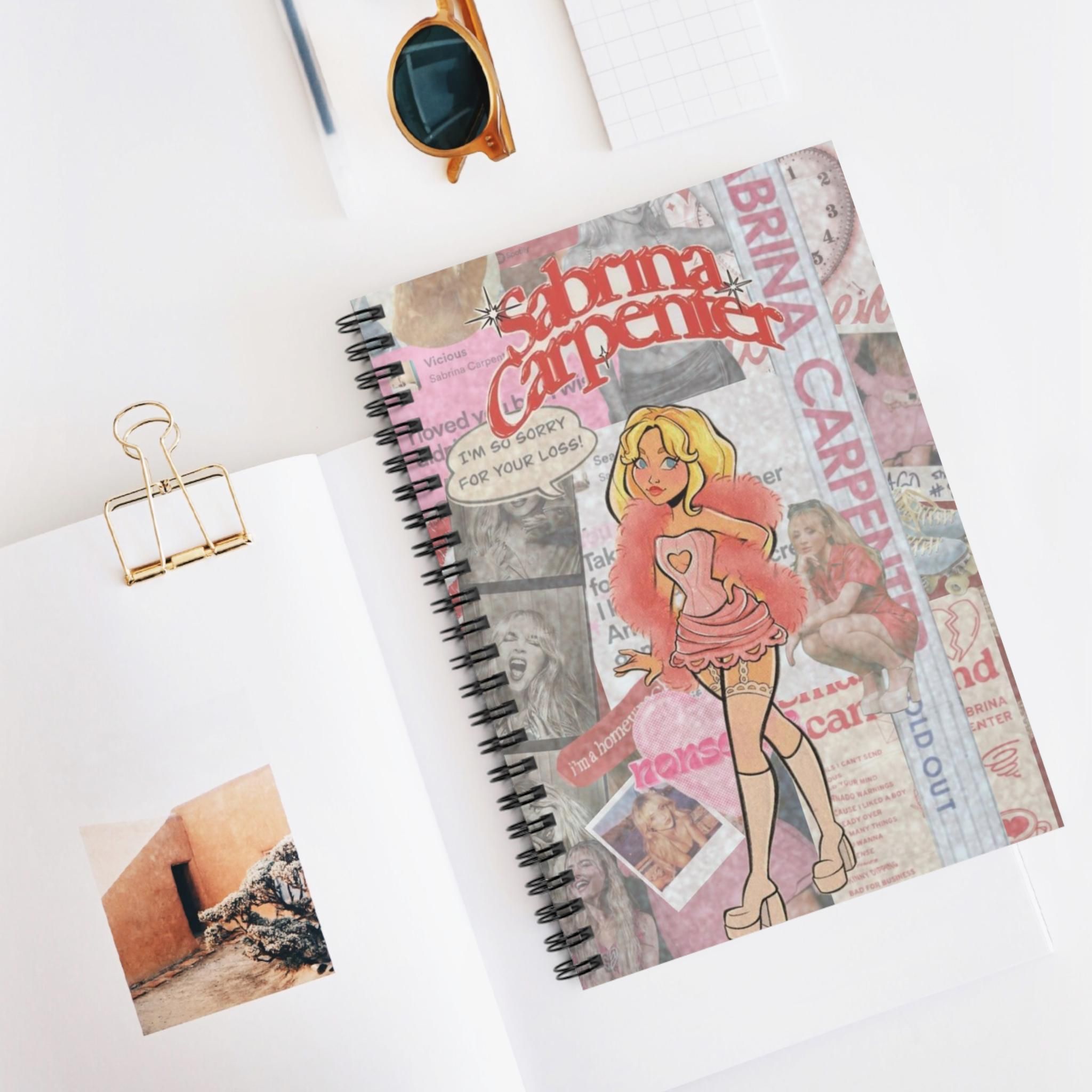
Vrhunski vodnik po spiralno vezanih knjigah: zakaj so popolne za vaše poslovne potrebe
Spiralno vezane knjige so priljubljena izbira za tiste, ki želijo imeti svoje dokumente organizirane, dostopne in profesionalne.

koliko stane tiskanje knjige
Ko se lotijo tiskanja knjig, je eno prvih vprašanj, s katerimi se soočijo avtorji in založniki, koliko stane natis knjige? Stroški tiskanja knjig se lahko zelo razlikujejo glede na številne dejavnike, kot so vrsta knjige, količina natisa,
Kontaktirajte nas
- +86 13946584521
- info@booksprinting.net
- 8:00 - 22:00 (pon - ned)
Komentarji
Sorodni blog
Poiščite najnovejše trende in splošno znanje na področju tiskanja knjig.
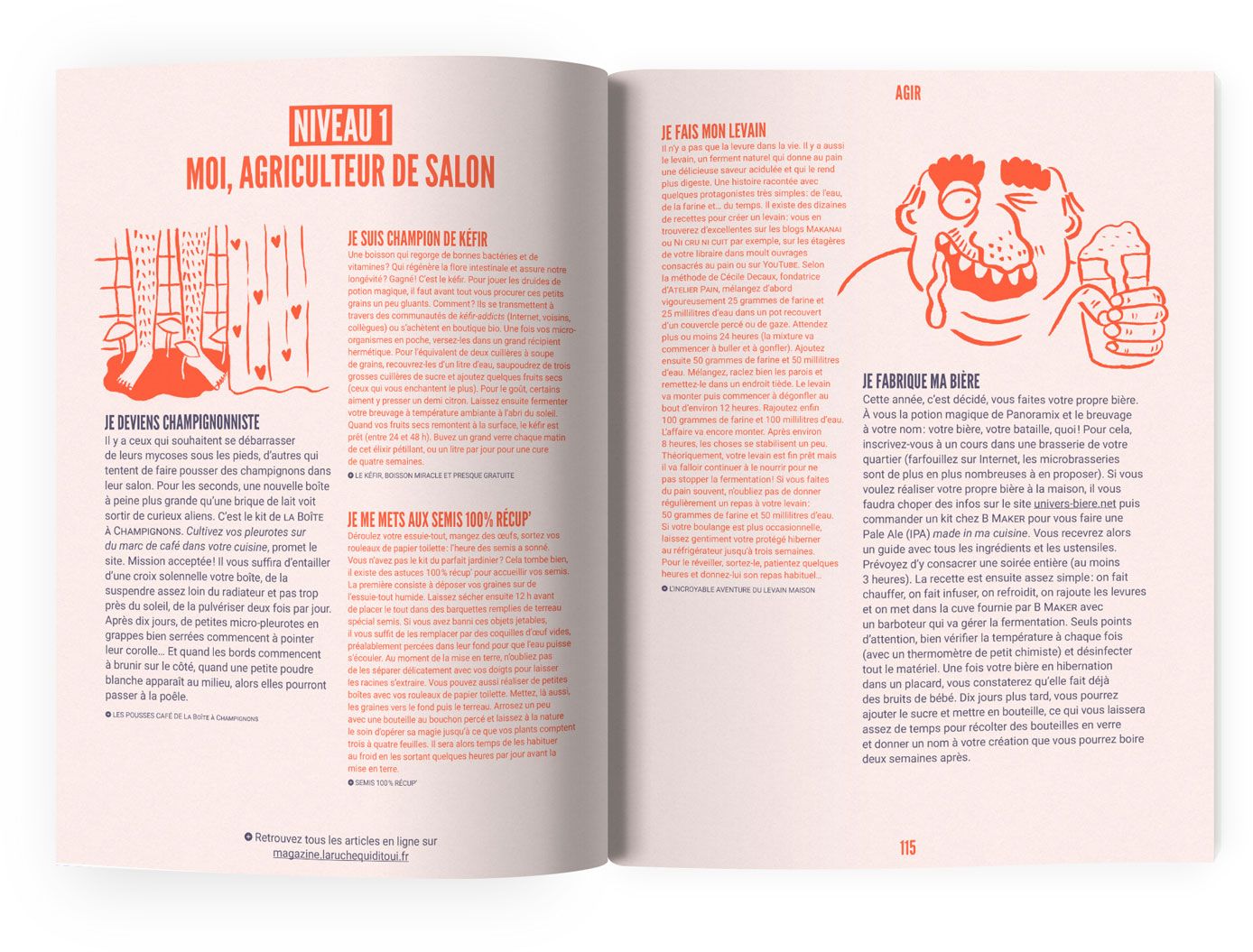
Koliko stane tiskanje knjig
Podati se na pot samozaložbe knjige je vznemirljivo in hkrati izziv. Kot tovarna za tiskanje knjig,
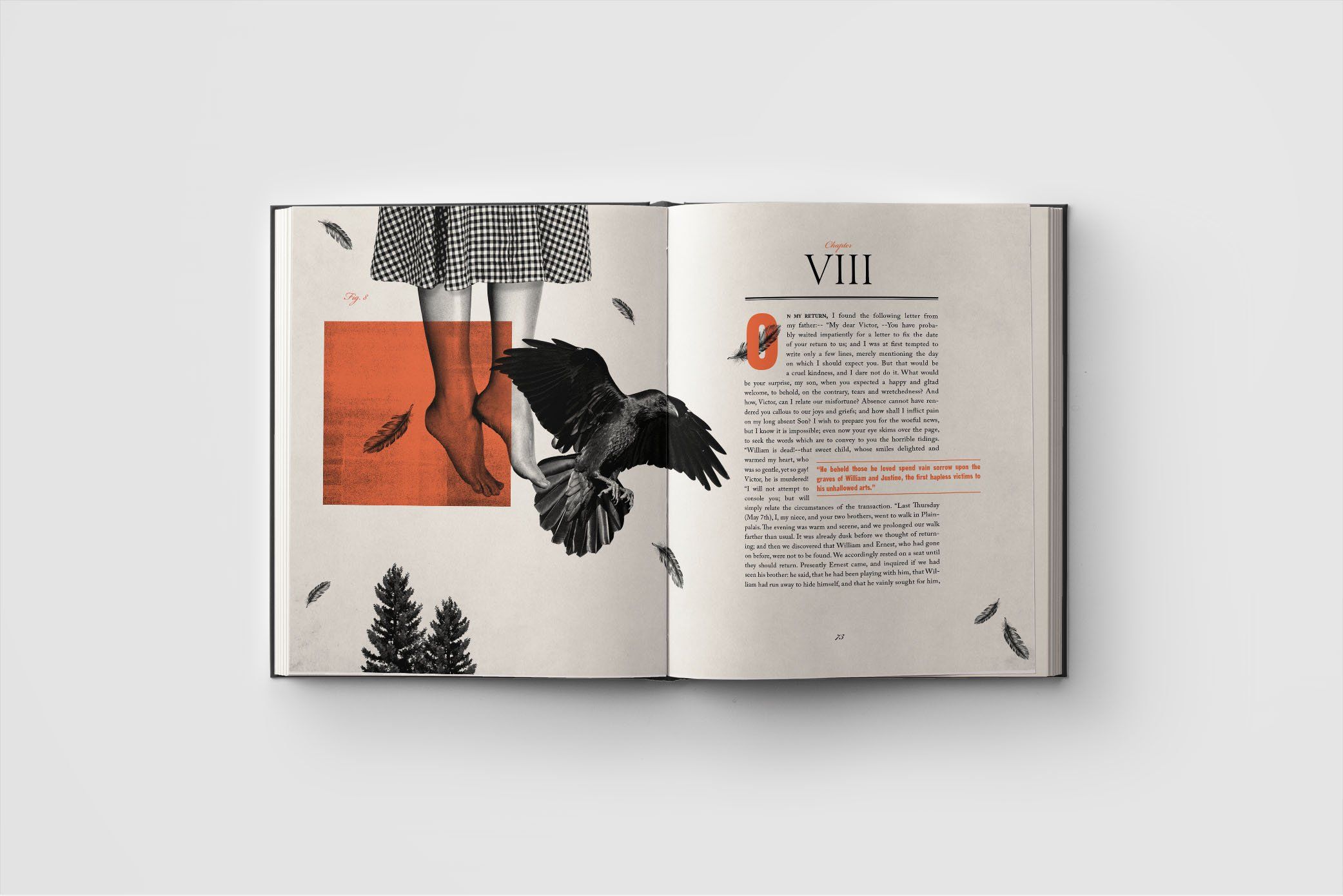
Katera država je najcenejša za tiskanje knjig?
Izbira mesta tiskanja knjige je lahko velika odločitev, zlasti za tiste, ki želijo uravnotežiti stroške, kakovost in priročnost.
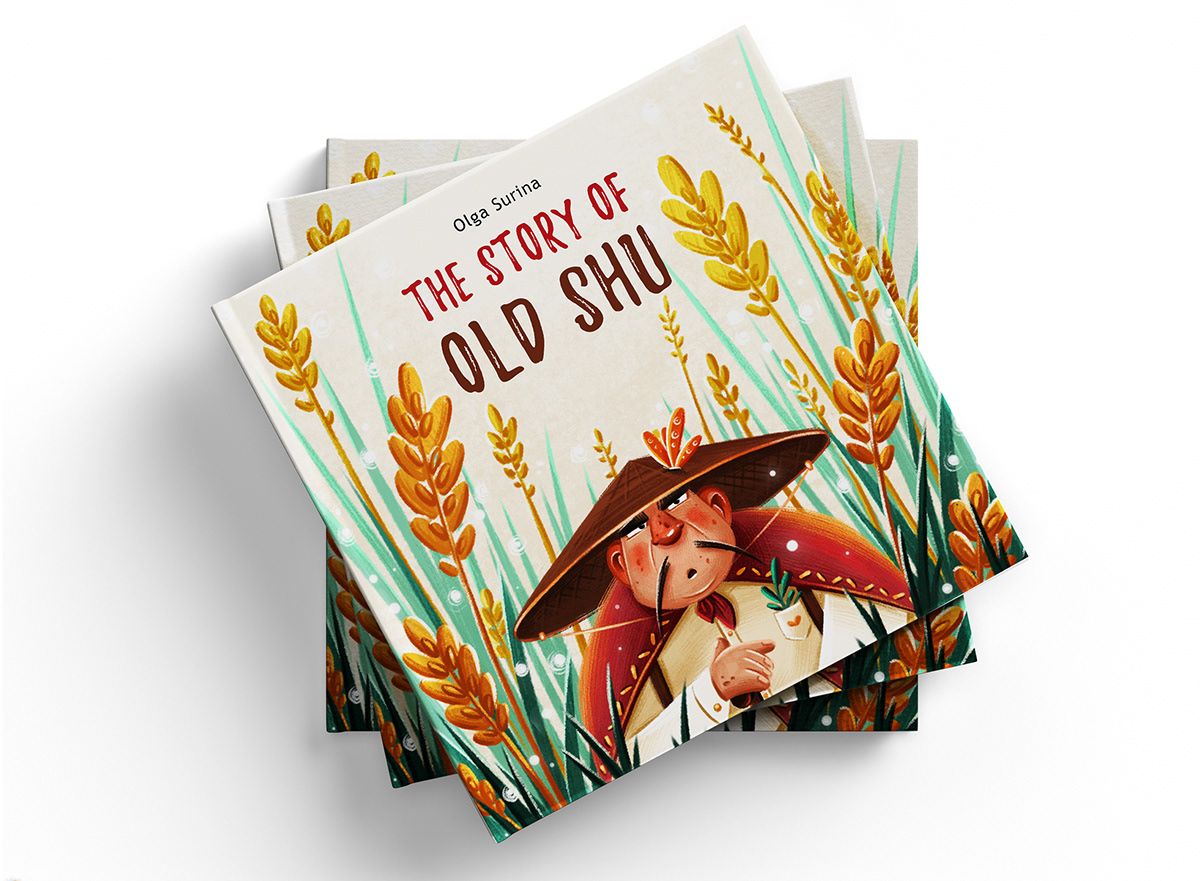
Koliko stane natis otroške knjige?
Objava otroške knjige je vznemirljivo potovanje, ki avtorjem omogoča izmenjavo zgodb, spodbujanje domišljije in izobraževanje mladih umov. vendar
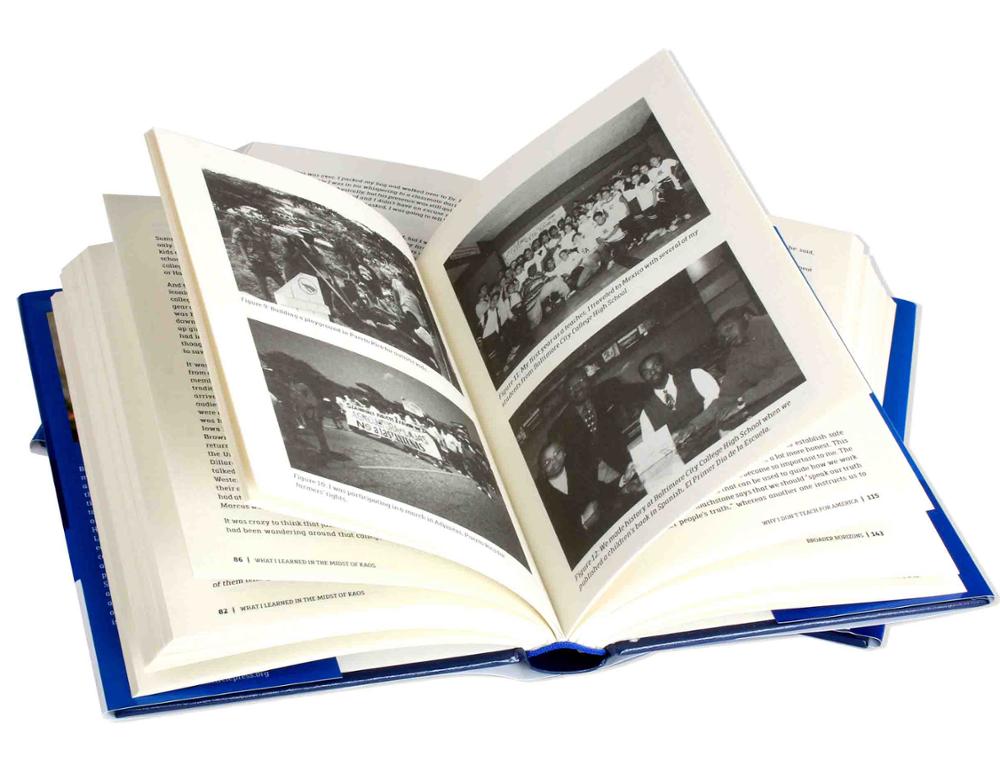
Kaj je dobrega pri tiskanih knjigah?
Pri izdelavi otroške knjige je pomemben vsak element – še posebej izbira papirja. Če izberete pravo vrsto papirja, lahko polepšate videz knjige,

